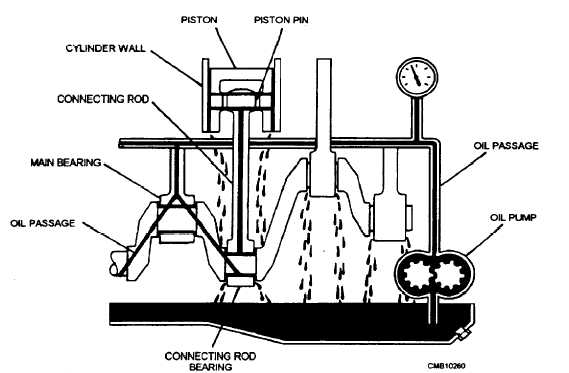
Figure 6-32. - Full force-feed lubrication system.
to the piston pin bearing. This passage not only feeds the piston pin bearings but also provides lubrication for the pistons and cylinder walls. This system is used in virtually all engines that are equipped with full-floating piston pins.
LUBRICATING SYSTEM PROBLEM DIAGNOSIS
To troubleshoot an engine lubricating system, begin by gathering information on the problem. Ask the operator questions. Analyze the symptoms using your understanding of system operation. You should arrive at a logical deduction about the cause of the problem.
The four problems most often occur in the lubrication system are as follows:
1. High oil consumption (oil must be added frequently)
2. Low oil pressure (gauge reads low, indicator light glows, or abnormal engine noises)
3. High oil pressure (gauge reads high, oil filter swelled) 4. Defective indicator or gauge circuit (inaccurate operation or readings)
When diagnosing these troubles, make a visual inspection of the engine for obvious problems. Check for oil leakage, disconnected sending unit wire, low oil level, damaged oil pan, or other troubles that relate to the symptoms.
High Oil Consumption
If the operator must add oil frequently to the engine, this is a symptom of high oil consumption. External oil leakage out of the engine or internal leakage of oil into the combustion chambers causes high oil consumption. A description of each of these problems is as follows:
External oil leakage - detected as darkened oil wet areas on or around the engine. Oil may also be found in small puddles under the vehicle. Leaking gaskets or seals are usually the source of external engine oil leakage.
Internal oil leakage - shows up as blue smoke exiting the exhaust system of the vehicle. For example, if the engine piston rings and cylinders are badly worn, oil can enter the combustion chambers and will be burned during combustion
NOTE
Do not confuse black smoke (excess fuel in the cylinder) and white smoke (water leakage into the engine cylinder) with blue smoke caused by engine oil.Continue Reading
